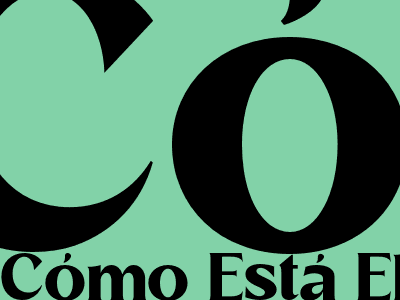
Cómo Está El Partido De Colombia
A Deep SEO Guide to the Colombian Political Landscape
Understanding the Political Dynamics of Colombia
Colombia's political landscape is a complex and dynamic tapestry, shaped by a rich history, diverse geography, and a resilient population. The country has a multi-party system, with various political parties representing different ideologies and constituencies. Understanding the Colombian political landscape is crucial for comprehending the nation's current affairs and future prospects.
The Two Main Political Parties
Colombia's political landscape is dominated by two main parties: the Conservative Party (Partido Conservador) and the Liberal Party (Partido Liberal). The Conservative Party, founded in 1848, is a center-right party that advocates for traditional values, free markets, and a strong national defense. The Liberal Party, founded in 1849, is a center-left party that promotes social justice, economic equality, and human rights.
These two parties have historically alternated in power, with the Conservative Party ruling from 1886 to 1930 and again from 1946 to 1958. The Liberal Party held power from 1930 to 1946 and from 1966 to 1974. Since 1974, the presidency has been held by a variety of parties and coalitions.
Other Political Parties and Movements
Besides the two main parties, there are several other political parties and movements that play a role in Colombian politics. These include the Democratic Center (Centro Democrático), a right-wing party led by former president Álvaro Uribe; the Green Alliance (Alianza Verde), an environmentalist and left-wing party; and the Alternative Democratic Pole (Polo Democrático Alternativo), a left-wing party that emerged from the guerrilla movement M-19.
In addition to these formal political parties, there are also various social movements and organizations that influence Colombian politics. These include trade unions, peasant organizations, and indigenous groups. These groups often advocate for specific issues such as labor rights, land reform, and environmental protection.
Challenges and Prospects
Colombia's political landscape faces several challenges, including corruption, inequality, and violence. Corruption has been a persistent problem in Colombian politics, with numerous cases of politicians and government officials being accused of bribery, embezzlement, and other corrupt practices. Inequality is another major challenge, with a significant gap between the rich and the poor. Violence, particularly related to the country's long-standing armed conflict, remains a challenge, although significant progress has been made towards peace and stability in recent years.
Despite these challenges, Colombia's political landscape has also seen positive developments in recent years. The peace process with the FARC guerrilla group, which concluded in 2016, was a significant step towards ending the country's long-standing armed conflict. The implementation of the peace agreement has led to a reduction in violence and has opened up new possibilities for political participation. Additionally, Colombia has made progress in addressing corruption, with the establishment of new anti-corruption measures and the prosecution of several high-profile cases.
Conclusion
Colombia's political landscape is a complex and dynamic system that has undergone significant changes in recent years. Understanding the main political parties, other political groups, and the challenges and prospects facing the country is essential for comprehending Colombia's current affairs and future prospects. As the country continues to navigate its political landscape, it will be crucial to address the challenges of corruption, inequality, and violence while building on the progress that has been made towards peace and stability.
Comments